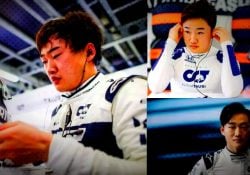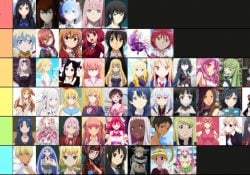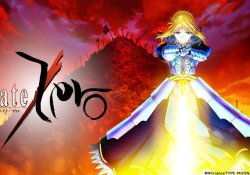Japanese folklore is rich in myths, legends and fairy tales that depict family life. It is through these that the main representations of the family constellation in Japanese culture are found. These stories are based on models of family relationships, concepts of kinship, and social standards established by Japanese society.
Índice de Conteúdo
Concepts of Family in Japanese Folklore
In Japanese culture , the family is considered to be the basic unit of society . Leadership is usually exercised by the oldest man and a hierarchy follows for the other members in which each one has their role to play. For example, the father is seen as the leader of the family, responsible for making important decisions and ensuring the family's survival. The mother has an important role with regard to household chores, raising children, and maintaining the home. Children are taught to respect their parents and obey their orders .
Representations of kinship in Japanese culture
Representations of kinship in Japanese culture vary according to age, gender and degree of kinship. For example, the term iki is used to refer to older siblings, while kōhai is used to refer to younger siblings. The term obaa-san is used to refer to the grandmother and the term oji-san is used to refer to the grandfather.
Symbolic aspects of the family constellation
In Japanese folklore, the family constellation is represented through a group of characters. These characters have symbolic characteristics that portray family members, as well as their roles and relationships. For example, the father is often portrayed as a strong and protective leader. The mother is portrayed as loving, compassionate and caring. Children are portrayed as obedient to their parents.
The article is still halfway through, but we recommend also reading:
Models of family relationships in Japanese folklore
In Japanese culture, there are several models of family relationships . While traditional models may still be followed today, family roles and family dynamics are changing over time. For example, the role of women in society and in the family is becoming more important, which has contributed to the decline of the family hierarchy . In addition, there are several models of modern families, such as single-parent families, adoptive families, same-sex families, among others.
Social patterns and family myths in Japanese culture
In Japanese culture, there are various social standards and myths related to the family. These include the idea that the family should stick together even in difficult times. Another common myth is that the man is the leader of the family , while the woman is responsible for household chores . Finally, there is also the myth that children should be obedient and respectful of their parents.
The Role of Kinship in Japanese Legend
Kinship plays a key role in Japanese legend. Stories are often based on family relationships , such as siblings, parents and children, and grandparents. These are portrayed as heroic figures, responsible for overcoming challenges and triumphing over the forces of evil. These relationships also serve as models for modern family relationships.
Role of leadership in the family according to Japanese folklore
According to therapist Fabiola Martins, leadership in the family is exercised by the older man. The father or grandfather is seen as the leading figure in the family, and it is up to them to make the important decisions. However, in modern Japanese culture, this role is becoming more and more shared among family members.
Myths and superstitions about family in Japanese folklore
There are several family-related myths and superstitions in Japanese folklore. For example, it is believed that the family should stick together during all difficult times. In addition, it is common to use amulets and other superstitions to protect the family and ward off evil .
From heroic figures to familiar figures in Japanese folklore
In Japanese folklore, heroic figures also play an important role in the representation of the family . For example, the main character in many stories is usually a family member who fights to protect loved ones. These heroes are seen as role models for family life and serve as examples of devotion and compassion.
Comparison between representations of the Japanese family and other cultures
Although the concept of family can vary from culture to culture, it is interesting to note that many of the family representations in Japanese folklore are similar to family representations in other cultures . For example, stories from other countries also portray the importance of leadership, loyalty and love among family members. These themes are often common across cultures, showing that representations of the family are often intertwined.
In short, Japanese folklore contains numerous representations of the family constellation , depicting the patterns of family relationships , kinship concepts, and social standards established by Japanese culture. These representations are also comparable with those of other cultures, demonstrating the importance of love and loyalty among family members.







